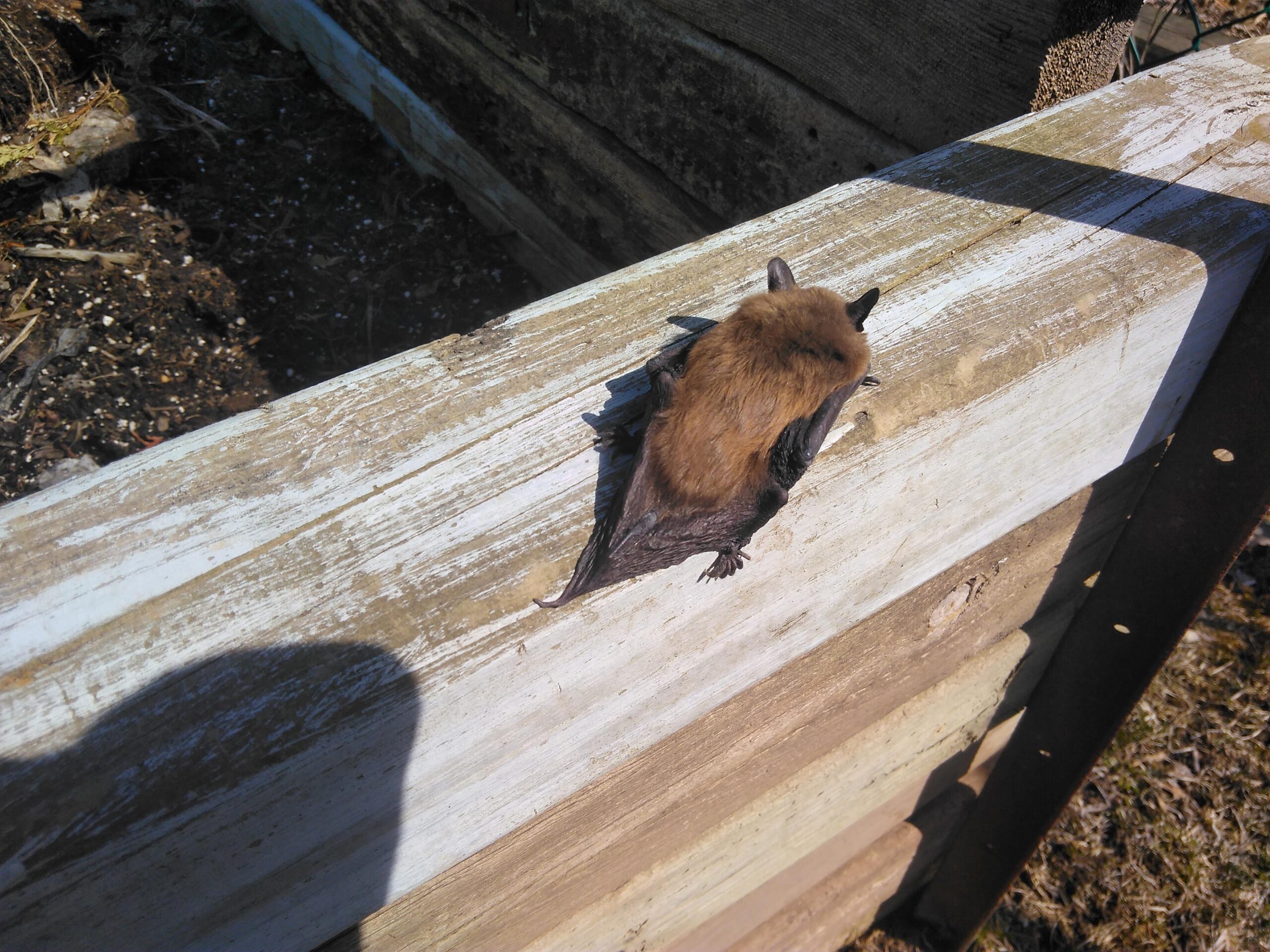Keeping a potentially dangerous and deadly disease out of the community, like rabies, requires a combination of education and preventative strategies. For “Rabies Awareness Month” this May, learn more about this disease and understand how to lower the risk for you, your family and your pets.
The animal control experts at Skedaddle Humane Wildlife in Oshawa work together with homeowners to assist them in the event of a suspected case of rabies in a wild animal. Let the professionals take care of the problem. It’s never a good idea to handle a wild animal yourself.
Knowing the Signs of Rabies
First, homeowners and members of the community need to have the correct information about rabies in order to understand how to prevent it. Rabies is caused by a virus, and is most often transmitted from the bite and saliva of an infected animal. It is also possible for the virus to be transmitted through scratches or other wounds. Animals most often get rabies, but it is also possible for humans to be infected.
Rabies impacts the central nervous system and brain upon infection. Some symptoms include fever, confusion, fear of water and aggression. Animals with rabies may demonstrate unusual behaviour, excessive drooling or foaming at the mouth, difficulty walking and problems eating or drinking. If contracted, the disease is almost always fatal, so it is important for people to recognize the signs of a rabid animal and avoid getting close or touching it.

Protect Your Pet
Rabies prevention is a responsibility for all pet owners. The most important step to keeping rabies away is to vaccinate your pet on a regular basis. All pets over three months of age should be getting regular rabies vaccinations every one to three years. Health experts also recommend that pets be spayed or neutered to lower the stray population. Additionally, cat owners should opt to keep their animals inside instead of letting them wander out in the neighbourhood. All pet owners should monitor their pets at night and make sure they are supervised when outside. If a pet is bitten by a wild animal, it’s important to call the veterinarian immediately and report the bite to the local health department.
Learn How To Help
Keeping rabies out of the community is also a responsibility for other residents who may not have pets. First, people should take steps to avoid all wild animals, especially skunks, raccoons, bats, and foxes. Stay away from any sick or injured animals and call Skedaddle Humane Wildlife Control if there is a wild animal on your property that is displaying strange behaviour or appears sick or injured.
Never keep a wild animal as a pet, and refrain from feeding animals in the neighborhood. Homeowners should make sure areas of their property are secured and not attracting hungry creatures. Trash cans and recycling bins should be clean and closed so curious critters don’t get into them. Homeowners should also make sure wild or stray animals aren’t able to get into different areas of their houses. Cap chimneys, lock and close sheds and seal off any gaps or openings in attics, roofs and basements. It’s also important to teach children to stay away from wild animals and to never approach them, even if the animal appears friendly. If you or someone in your family is bitten or scratched by a wild animal, call a doctor right away to seek treatment. Wild animal bites must also be reported to the local health department or other authorities in the area.
If everyone in the community works together to learn about rabies and understand these prevention strategies, the fight against this disease will be much easier. Contact Skedaddle Humane Wildlife Control in Oshawa to get more information about rabies or to get help with a wild animal that may be displaying unusual behaviour.



